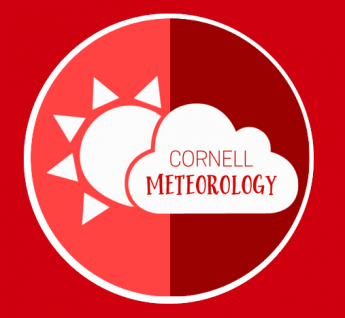Frequently Asked Questions
What classes do I need to graduate?
There are two groups of classes that Cornell Atmospheric Science students must complete to graduate with a B.S. in Atmospheric Science. These include the core requirements from the Atmospheric Science department in addition to distribution requirements from the College of Agriculture and Life Sciences to graduate from the college.
Core Requirements
- All of the following: MATH 1110, MATH 1120, MATH 1920 (or 2130), and MATH 2930. Advanced placement credit can count towards completion of MATH 1110/1120. See the CALS page for details.
- AEM 2100 (or an equivalent introductory statistics course like EAS 4350)
- EAS 2900 (or an equivalent computer programming course)
- PHYS 2207 and 2208 (or equivalent introductory physics courses)
- CHEM 1560 (or an equivalent introductory general chemistry course). Advanced placement can count towards completion of CHEM 2070/2090, which counts as an equivalent course. See the CALS page for details.
- EAS 3050
- EAS 3410 and EAS 3411
- EAS 3420 and EAS 3421
- EAS 4470
- EAS 4510
- At least two other atmospheric science courses
CALS and Cornell Distribution Requirements
- 6 credits in life science or biology courses
- 6 credits in written expression, plus 3 credits in either written or oral expression
- Four courses of at least 3 credits must be from CALS
- 55 credits from CALS courses
- 120 credits in total from all courses, excluding physical education courses
What minors can I take?
Cornell allows students to complete minors in departments both within and outside the College of Agriculture and Life Sciences. The Earth and Atmospheric Science Department offers minors in Atmospheric Science, Earth and Atmospheric Science, and Climate Change. Among our atmospheric science students, popular minors include anything that can help augment atmospheric science skills in future careers, including Applied Economics, Communication, Education, and Computer Science.
